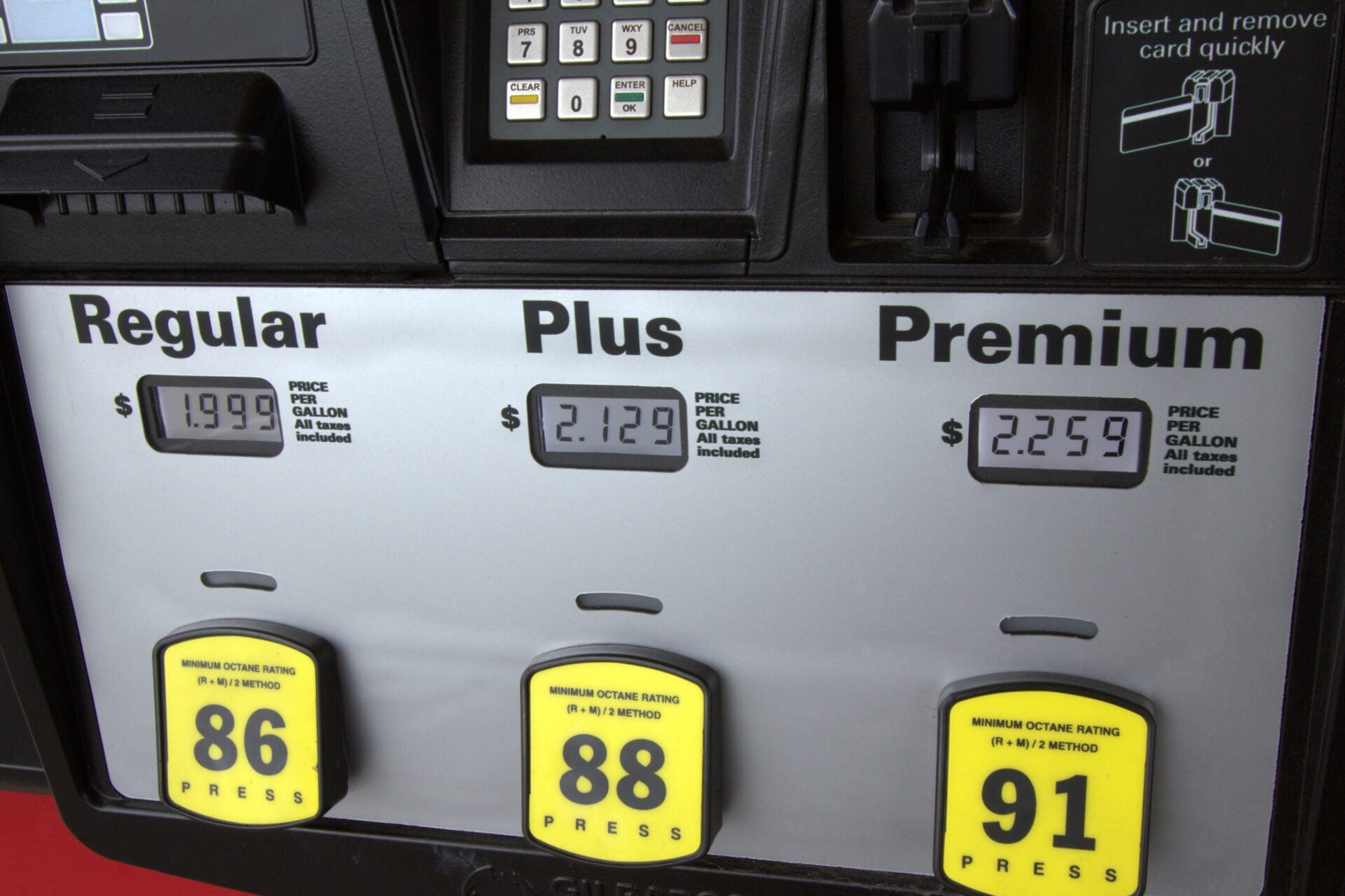
Commodity Oddities and the New Export Economy
With oil and natural gas prices at historic lows, Americans are paying rock-bottom prices for energy. Low prices should be a cause for celebration, right? But the consumers I talk to (like friends and family) aren’t cheering. They are biting their nails. What gives?
Typically, low energy prices are economic drivers. When everyday consumers spend a smaller part of their income on energy, they have more disposable income to spend. The economy is stimulated by the resulting shopping spree. Not so, this time around. According to a survey from Reuters/Ipsis and U.S. Commerce Department data, there has been a 70% dip in oil prices since mid-2014, reducing annual household spending on gasoline and other energy products by $115 billion. At the same time, consumer saving increased by $121 billion, leading to inferences that cheaper oil is boosting savings (not spending). When people sock away the savings instead of spend it, no economic stimulation occurs.
Perhaps more people are invested in energy companies traded in stock markets and/or are still feeling shy after two recent recessions. Or maybe a big chunk of the population is nearing retirement age and really noticing how stock market fluctuations impact their retirement income. That’s must be it, a larger portion of the population is “vested” in energy corporation outcomes then before.
Some analysts believe it may just be a matter of time before consumers gain confidence in the lower energy price environment and spending is unleashed. But, consumers might not want to wait too long. In December, the U.S. government lifted the decades-old oil export ban, meaning oil producers can send their oversupply of cheap oil abroad for a premium. In time, this will cause domestic prices for oil and gasoline to rise, which is great for oil production firms and the markets on which they trade but reduces costs savings for energy consumers.
The World Bank has indicated that “…for oil importing developed economies a given oil price increase is harmful to macroeconomic indicators.” Perhaps herein lies insight into the riddle. In the past, the U.S. has not been a strong oil producer (especially compared to consumption levels). Reasonable cost development of oil shale basins established a more vibrant sector around oil extraction, boosting supply chain business, attracting investment, etc. It seems the U.S. economy has built up an oil “export” capabilities, without the exports.
In America’s new oil export paradigm, it is unclear if, how and which consumers will share in oil company profitability and if these benefits will outweigh the drawbacks of increased energy costs. Will exporting U.S. oil revive the economy or result in consumer strife? Will exposure to international markets benefit domestic GDP or create unsettling volatility? Only time will tell…
Christina Simeone
Kleinman Center Senior FellowChristina Simeone is a senior fellow at the Kleinman Center for Energy Policy and a doctoral student in advanced energy systems at the Colorado School of Mines and the National Renewable Energy Laboratory, a joint program.

